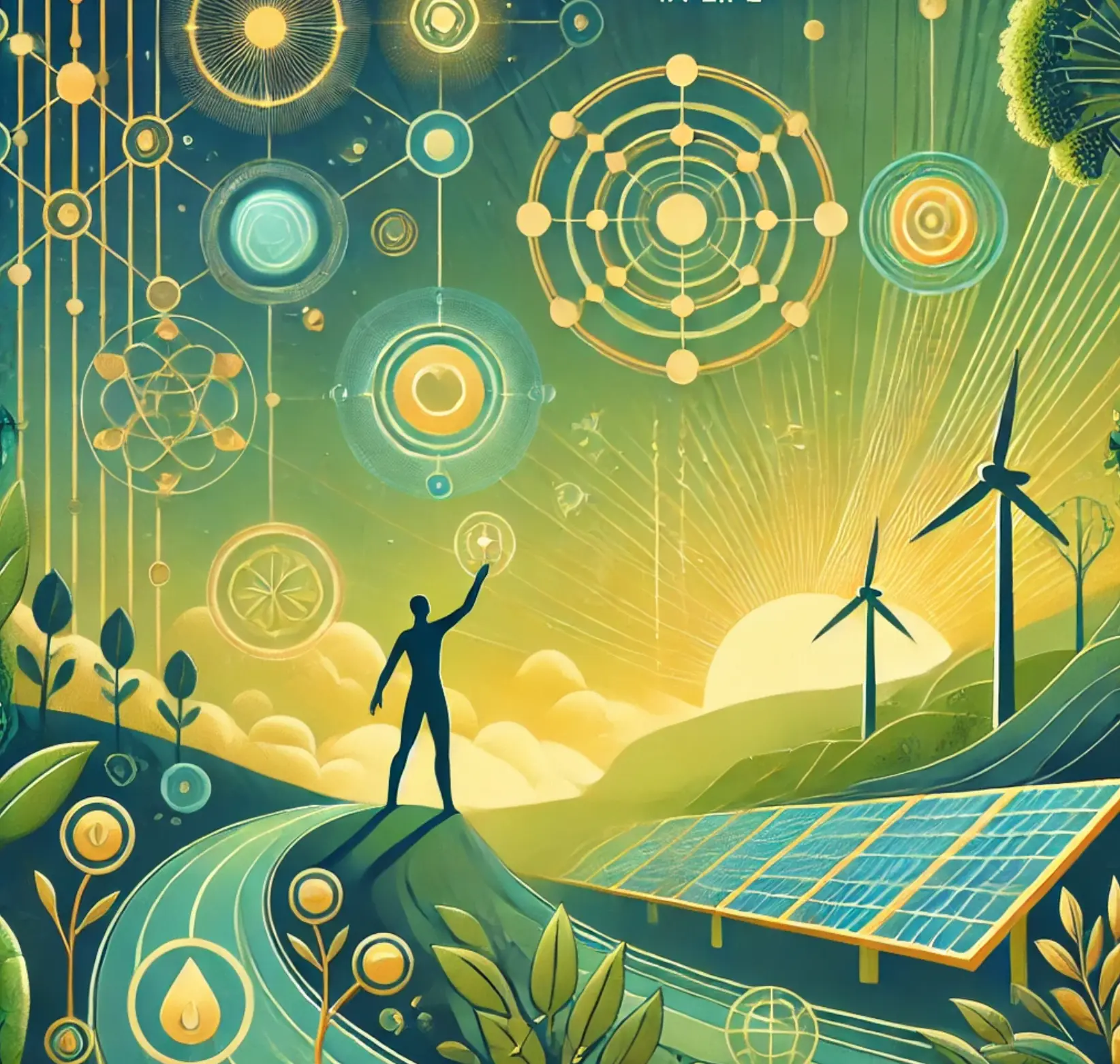
The word “system” comes from the Ancient Greek sústēma — meaning “a set of interconnected elements forming a unified whole.” And when I looked at education through the lens of game mechanics, I saw that it’s structured exactly like a game. And every game is a system of game mechanics.
Here’s how:
Remove any one of these mechanics, and the system begins to lose its effectiveness:
Education is a living system of game mechanics, and its power lies in their synergy.
It’s commonly believed that you can’t force someone to play, because play is inherently voluntary. Indeed, true play is activated from within — through curiosity, excitement, and intrinsic motivation.
But the education system reveals an interesting phenomenon:
Children are essentially forced to play the educational game — and it still works.
Though forced participation isn’t the most effective way to engage, this system has functioned for centuries. Today, we’re entering a new era of education — the era of conscious application of game mechanics.
Modern educators are learning to better understand internal motivation and to use game tools more skillfully.
Once I began noticing game mechanics in education and sports, I suddenly realized: they are everywhere.
Work, science, medicine, fitness, social media — all these systems are structured like games. They have goals, rules, levels, points, and rewards. Let’s take a closer look.
Corporate culture is a vivid example of game mechanics in action:
In sales, the game is about hitting the target:
Fun fact: Leaderboards and rankings originate from video game mechanics. They create excitement and a desire to be first.
Project management is also a game — one that rewards structure and execution:
Agile sprints are mini-games within a larger game. Each one has a clear objective, progress tracking, and a result.
Fitness programs turn workouts into engaging games:
Social platforms use game mechanics to keep us engaged:
Stores turn shopping into a game:
Even medicine has game mechanics:
📊 Health monitoring:
💊 Treatment protocols:
Example from Atul Gawande’s The Checklist Manifesto: simple checklists (a game mechanic) drastically reduced surgical mortality rates.
Scientific work also contains game-like elements:
After our journey through various spheres of life, we arrive at a vital realization. This understanding reveals two key insights into the deeper nature of game mechanics.
Each game mechanic has surprising power to shape behavior and motivation. Take “goal” — it can give meaning to even the most mundane action. “Rules,” though seemingly restrictive, provide structure and clarity.
One of the most powerful mechanics is “status.” To understand it, let’s look deeper into how we perceive it:
Imagine two scenarios. In the first, someone is introduced as “just a guy from Borisov.” In the second — the same person is introduced as “Director of the Portal Academy, creator of the Mind Development Protocol, musician, actor, director, and human potential expert.”
Same person, but audience perception changes completely.
This shift happens automatically, almost instinctively. We can’t consciously control this reaction — our brain gives more weight to the words and actions of someone with high status.
Game mechanics reveal their full power only in systems. Just like an engine, fuel, and steering wheel must work together to move a car — so too do game mechanics create powerful engagement when combined.
That’s why:
After our exploration of game mechanics in daily life, we stand on the edge of a powerful transition. We’ve seen their presence in every area — from education to business, from sports to science.
We’ve witnessed their ability to transform ordinary activities into immersive journeys. But the more we observe, the more questions arise.
We encounter an intriguing paradox. On one hand, the power of game mechanics is undeniable. On the other — simply adding these mechanics doesn’t guarantee success.
A person can set a clear goal, create a system of rules and rewards — yet feel only frustration and burnout instead of engagement.
I’ve experienced this myself when I tried to apply gamification without deep understanding.
This leads us to deeper inquiries:
Why do the same mechanics ignite magic in some cases, and leave others untouched?
What is the hidden switch that “activates” their power?
What causes this mysterious transformation — turning a task into an immersive game?
Perhaps we are nearing a more fundamental understanding of human nature. When we feel lost or demotivated, perhaps the problem is an imbalance in the game mechanics of our own lives.
To answer these questions, we need to go deeper — into the very nature of game mechanics.
We will explore their evolutionary roots, understand their psychological foundations, and trace their history through human civilization.
In the next chapter, we’ll embark on this exciting journey to the origins of play. We’ll study ancient rituals and the first games, trace the evolution of mechanics through the ages, and try to understand why they resonate so deeply with human nature.
This journey may unlock new horizons:
Get ready for a deep dive into the fascinating history of games and their impact on human society.
Together, we continue exploring this incredible phenomenon — the power of game mechanics in human life.